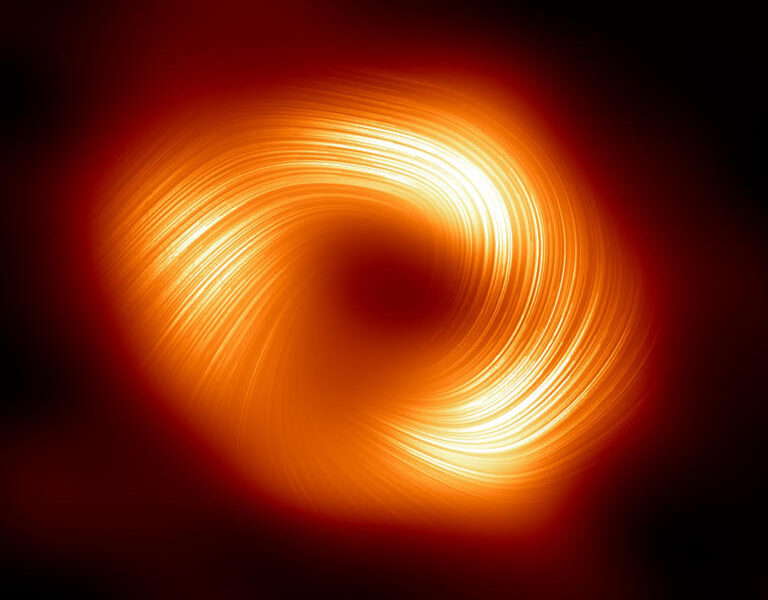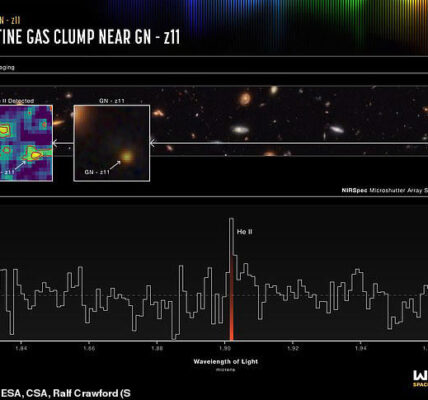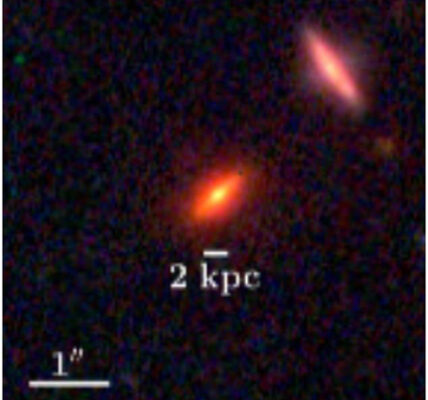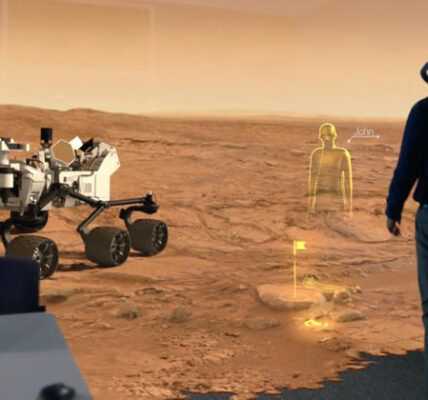Black hole simulation
Explore the mesmerizing world of black holes through a stunning simulation created by NASA’s Jeremy Schnittman. Delve into the complexities of gravitational forces, time dilation, and the enigmatic event horizon as you witness the fate of objects near these cosmic behemoths.
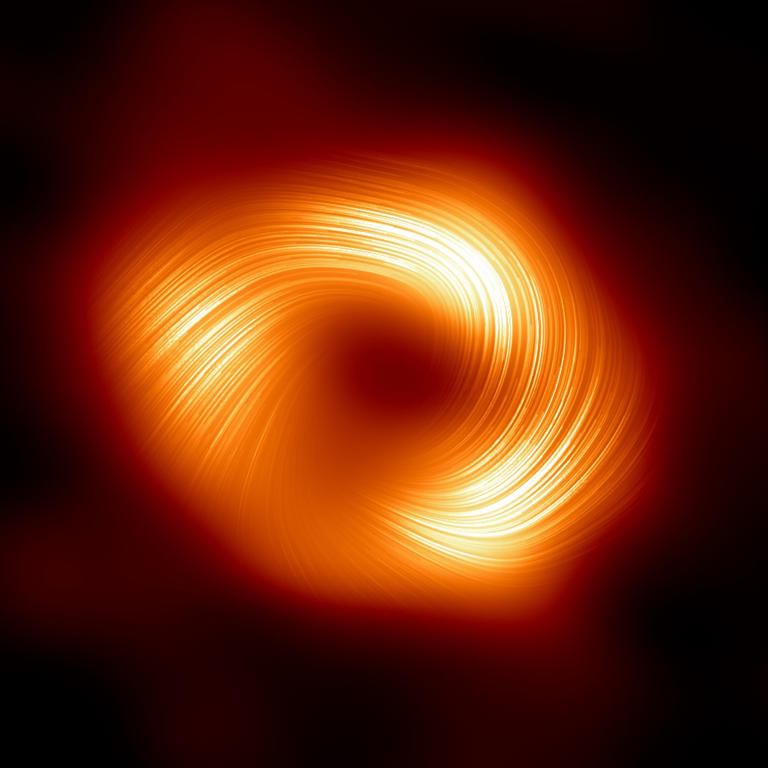
© Provided by Indy 100
Unveiling the Mysteries of Black Holes
Have you ever wondered what it would be like to journey into the heart of a black hole? Thanks to a groundbreaking simulation by NASA’s Jeremy Schnittman, we can now embark on a virtual adventure to explore these cosmic enigmas.
Peering into the Abyss: The Event Horizon
In Schnittman’s simulation, we encounter the event horizon—the boundary beyond which nothing, not even light, can escape the gravitational grip of a black hole. This point marks the threshold of no return, where the laws of physics as we know them seem to vanish into the darkness.
The Dance of Gravity: Spaghettification
As objects approach the event horizon, they experience a phenomenon known as spaghettification—a surreal distortion caused by the intense gravitational forces of the black hole. In this surreal ballet, objects are stretched and pulled into elongated shapes, resembling strands of pasta, before ultimately being torn apart.
The Stellar Giants: Supermassive Black Holes
Schnittman’s simulation focuses on a supermassive black hole, akin to the colossal entities lurking at the centers of galaxies. These cosmic giants, with masses millions to billions of times that of our sun, cast a shadow over their surroundings, shaping the fabric of space and time itself.
The Symphony of Light and Matter: Accretion Disks and Photon Rings
Surrounding the black hole is a swirling disk of hot, glowing gas called an accretion disk. This luminous halo serves as a visual beacon amidst the darkness, providing a backdrop for the cosmic ballet unfolding before us. Additionally, photon rings—concentric circles of light formed by photons orbiting the black hole—add to the spectacle, offering a mesmerizing display of cosmic beauty.
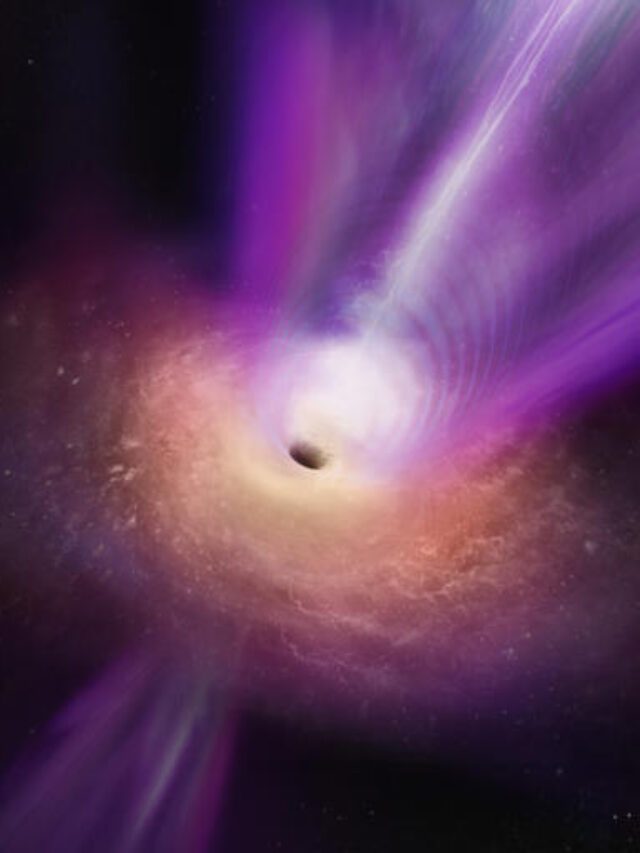
© Provided by AZoQuantum
Journey into the Abyss: The Simulation
Schnittman’s simulation takes us on a journey towards the black hole, as we witness the distortion of space-time and the amplification of light from the accretion disk and background stars. As we approach the event horizon at near-light speeds, the surrounding environment becomes increasingly warped, with familiar constellations morphing into unrecognizable shapes.
The Enigma of Time: Time Dilation near Black Holes
One of the most intriguing aspects of Schnittman’s simulation is the concept of time dilation. As objects venture close to a black hole, time appears to slow down relative to observers in distant locations. This relativistic effect, predicted by Einstein’s theory of general relativity, highlights the profound influence of gravity on the passage of time.
The Final Frontier: Crossing the Event Horizon
For those daring enough to venture past the event horizon, a one-way journey awaits. As the simulation demonstrates, once an object crosses this threshold, its fate is sealed. Within moments, it succumbs to the gravitational forces of the black hole, hurtling towards the singularity—a point of infinite density where the laws of physics break down.
Alternate Realities: Escaping the Gravitational Clutches
In contrast, Schnittman also explores a scenario where an object orbits near the event horizon but manages to escape the gravitational clutches of the black hole. This alternative journey offers insights into the effects of time dilation, as observers aboard the escaping object experience time passing at a slower rate compared to those in distant locations.
Conclusion: A Journey into the Unknown
As we conclude our virtual voyage into the depths of a black hole, we are left in awe of the wonders of the cosmos. Schnittman’s simulation offers a glimpse into the mysteries of these celestial phenomena, reminding us of the boundless complexity and beauty of the universe.
ALSO READ:
“Warp Drive Possibilities: 5 Exciting Breakthroughs!”
